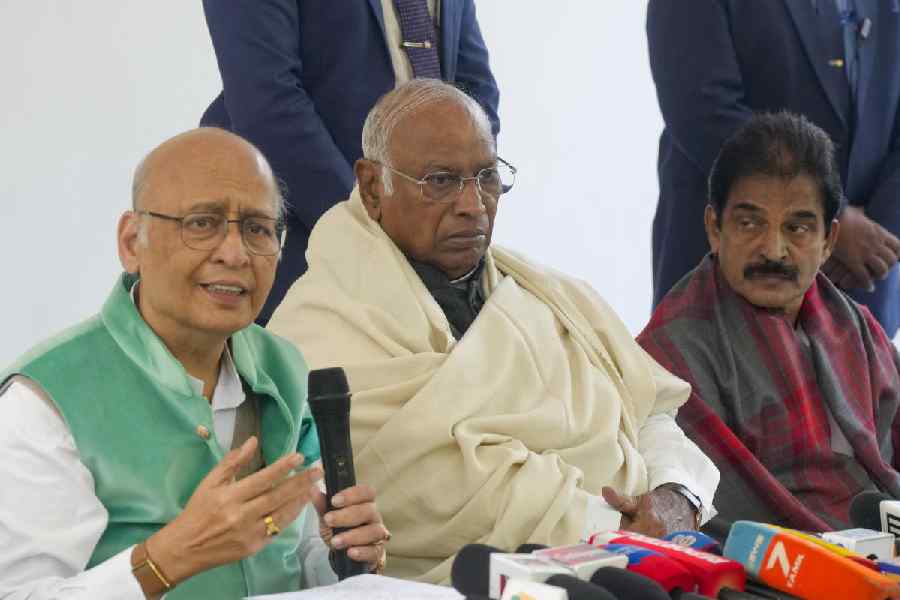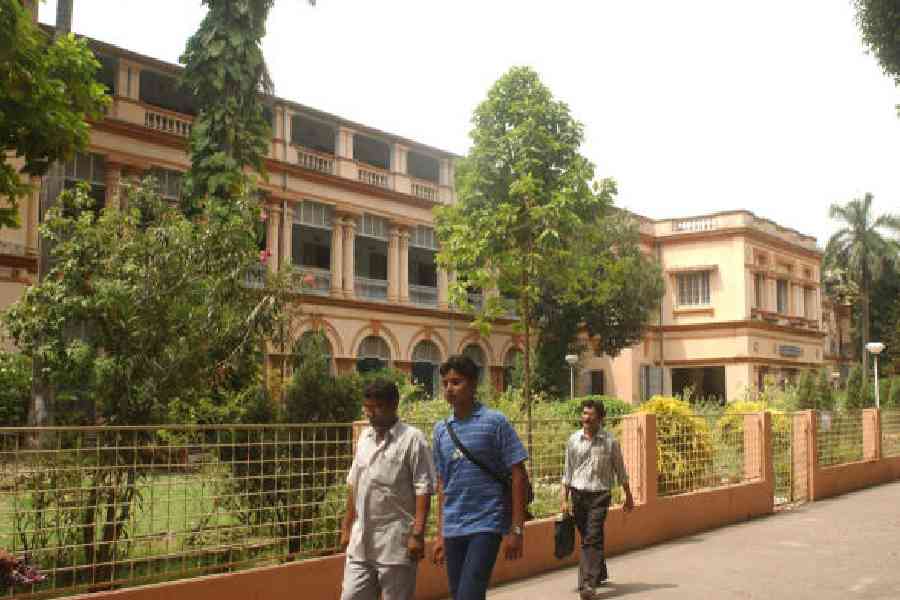 |
 |
Ragini was not troubled by the strange numbness in her right hand that she first felt five years ago. A year later, when her vision started to deteriorate, she didn’t think the two could be connected. When she had difficulty walking, she realised something was wrong.
Today, the 34-year-old homemaker from Kerala with two school-going children can’t walk without help. Tests have revealed that she has multiple sclerosis (MS). It’s a disease that prompts immune cells to attack a protective sheath around one’s own nerves in the brain, leading to crippling effects.
MS has always been categorised as a “rare” disease” in India. But on World MS day — marked on May 30 this year — doctors say that they fear the disease is perhaps more prevalent than earlier thought.
The exact number of people with MS is still not clear as there hasn’t been any nationwide prevalence study in India. Population studies were not only confined to a few pockets in western and northern India, but were also conducted almost 25 years ago.
But neurologists who treat MS patients across the country indicate that at least one or two new patients turn up every month at all hospitals with a neurology department in the country. Hospital-based studies reveal that the percentage of MS patients among those seeking admission in a neurology department went up from 1.58 per cent to 2.5 per cent in recent years. The numbers are estimated to vary from 30,000 to one lakh.
Among those diagnosed with MS is Aditi, a tall and slim 24-year-old dentist in Kerala. She felt the first symptoms about two years ago while examining a patient. Her vision suddenly blurred, prompting her to visit her doctor.
Upon examination, a neurologist confirmed that she was suffering from MS. Though she recovered subsequently after medication, she had a couple of similar episodes the following year, this time, involving the left eye. Since the third attack last year, Aditi is on interferon injections.
MS is not just physically debilitating, but also delivers a financial blow to patients and their families. Ragini’s medicines set her family back by Rs 30,000 a month. Her husband — the lone bread earner — has a clerical job and finds it difficult to meet the spiralling medical expenses. And the medicines have to be taken for life.
The incidence of MS may not be as alarming as the cardiovascular or diabetic epidemics that are currently gripping India. But the fact that it affects mainly young people is certainly a concern, says Rohit Bhatia, an associate professor of neurology at the All India Institute of Medical Sciences (Aiims), New Delhi. Two-thirds of those affected are women, though it is not clear why. Most MS patients live with the disease for life, as it shortens the life expectancy only marginally.
MS predominantly affects those between 20 and 40 years of age and is extremely rare among those below 15 years and above 50, says R. Sureshkumar, a neurologist at the Amrita Institute of Medical Sciences (AIMS), Kochi.
The disease is common in North American countries where it affects 100 out of every one lakh people. An earlier study showed that the MS prevalence rate was high in the Parsi community in India as compared with that among other communities.
At present, there is no cure for multiple sclerosis. In the chronic and often crippling autoimmune disease, immune cells attack myelin, a protein that provides the protective cover around nerve cells that help transmit signals between a body organ and the brain. Damage to myelin can lead to communication dysfunctions, which in turn can lead to various kinds of disabilities.
MS normally surfaces with relatively mild symptoms such as tingling or numbness, blurred vision and fatigue. These symptoms come and go, but in most people, it eventually destroys the ability to walk, talk or even see.
The neurological disorder is underestimated in India for many reasons, says Lekha Pandit, neurologist at the KS Hegde Medical Academy in Mangalore. “Poor awareness among medical professionals is an important reason. The disease manifests itself in varied ways and hence connecting the dots is difficult for all except experts in MS, who are far and few,” she says.
Pandit, who is among the few Indian medical scientists studying MS, points out that The condition is often confirmed by an MRI scan. This makes diagnosis difficult in countries such as India where an MRI is an expensive proposition.
Krishnakumar N. Menon, a biochemist at AIMS, together with his counterparts in Monash University in Victoria, Australia, is trying to figure out whether the disease — especially in its initial stages — leaves behind some clinically-significant signs which could be picked up early.
“MS lesions — abnormal structural changes caused by the disappearance of myelin — become prominent only after a stage. An MRI scan will not be able to spot the difference till myelin damage has begun. Neurons (brain cells), on the other hand, start getting affected much before this,” says Menon.
A paper the research team published in the journal Molecular and Cellular Proteomics last year indicated that certain proteins could serve as the signature of an impending MS attack. But Menon hastens to add that it may be a while before such biomarkers arrive at clinics.
The treatment currently available for MS can only control it so that it doesn’t get any worse. “MS patients who take medication can delay the progression,” says Bhatia.
But the dilemma for neurologists is when to start the treatment. These medicines, mostly injectable drugs, need to be taken for a long time. The average cost of treatment a month could be anything between Rs 20,000 and Rs 40,000.
“It is very important that the government understands the situation and takes whatever actions possible to make them affordable to patients,” says Bhatia.
Studies on MS are still evolving. Communities living in latitudes away from the equator have higher incidence rates. A hypothesis more popularly accepted is that owing to the poor sunlight in these regions, people there suffer from vitamin D deficiency which leads to MS. However, scientists are exploring other causes as well, ranging from viral attacks to genetic predisposition.
“We still know very little about what triggers it, what sustains it and what causes the final volume loss, leading to progressive neurological dysfunction,” says Vivek Mathew, a neurologist at Christian Medical College, Vellore.
Interestingly, a scientific study in March of 1,400 severe MS patients in Europe found that patients who consumed alcohol, wine, coffee and fish on a regular basis in moderation took four to seven years longer to reach the point where they needed a walking aid than people who never consumed them.
More studies will undoubtedly bring greater relief. For people like Ragini and Aditi, it could mean a new life.










